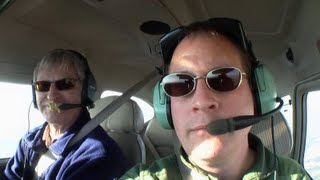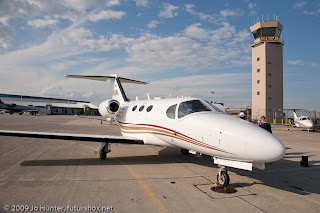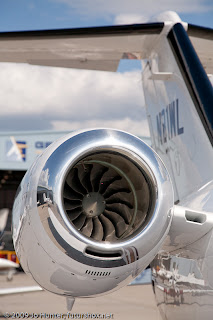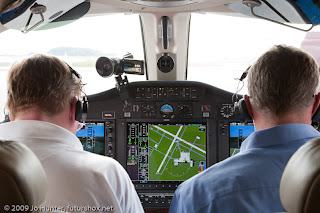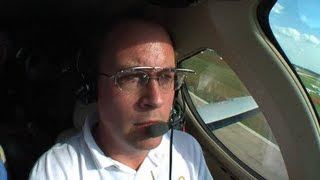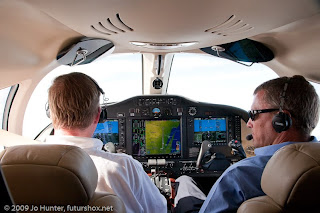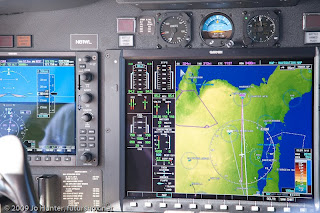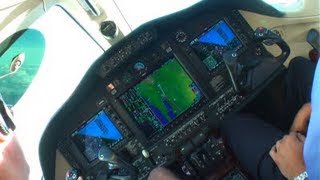Subscribe to Airspeed through iTunes or your favorite other podcatcher. It’s all free!
These are the show notes to an audio episode. If you want to listen online, please use the direct link below. http://media.libsyn.com/media/airspeed/AirspeedMustangVideo.m4v.
Remember when I said that I spent the summer building up great content and spent the off-season here in the northern US editing it all and making it compelling? Well, here’s some of that content.
You’ll recall the audio episode covering the demo flight in the Cessna Citation Mustang? Here’s the video from the flight. I had the camera up front for the takeoff, then David Allen ably took over the HD camera duties while Rod Rakic took the Flip video, Jo Hunter shot stills, and Cole (“FOD”) provided color commentary.
Be sure to check out the audio episode, Flying the Cessna Citation Mustang, for a complete account of the flight, including 30-odd cockpit audio outtakes!

